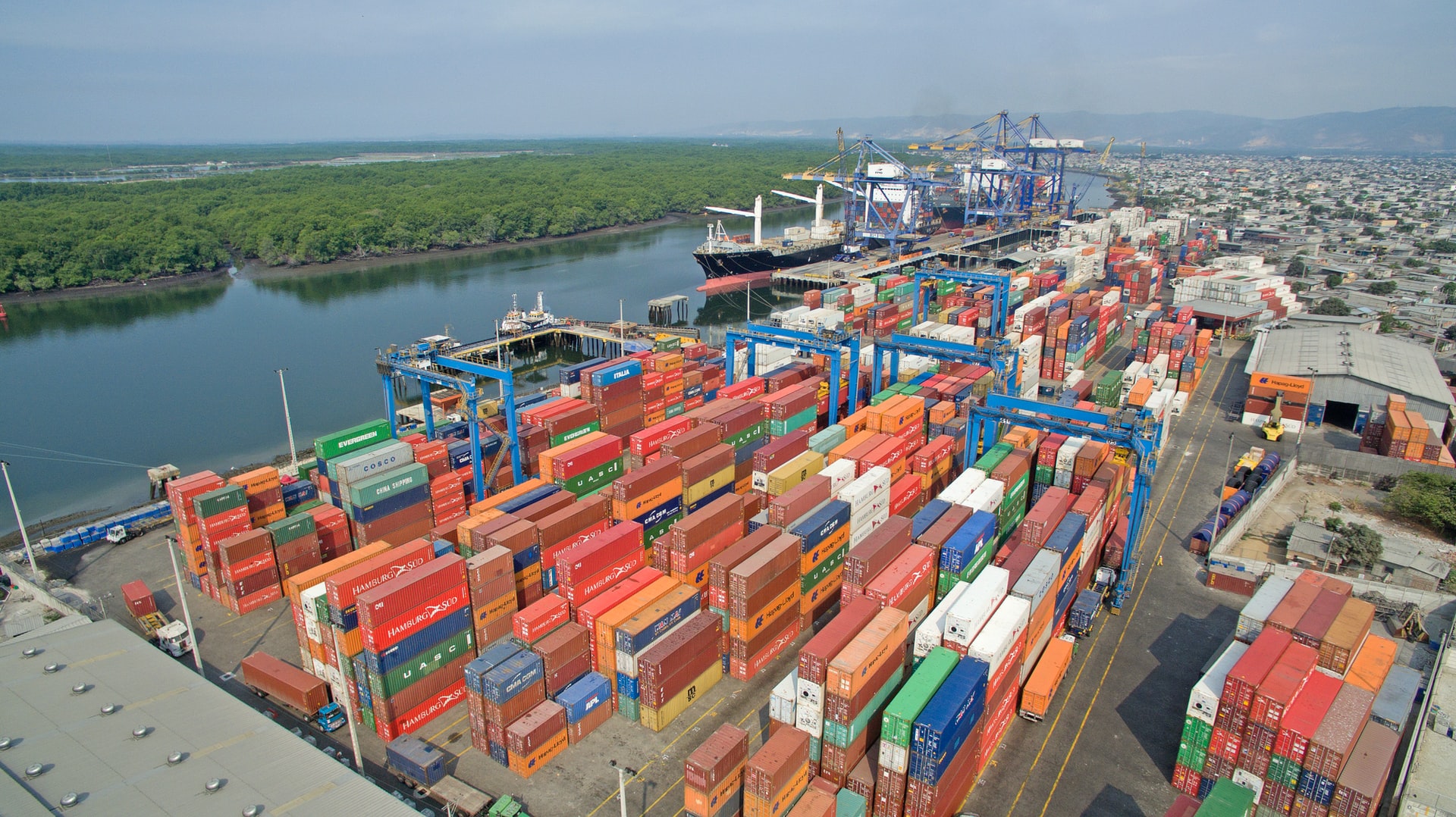America’s Pivot to Asia
Asia is increasingly emerging as a crucial region in terms of the world economy. Increasing trade tensions between the US and China and the onset of COVID-19 dealt a severe blow to global trade volumes. But a recent UNESCAP report highlighted that Asia-Pacific’s trade performance in 2020 stood stronger than the rest of the world. In 2020, 41.8% of the world’s exports were destined for Asia-Pacific and 38.2% of its imports originated from the region.
Asia’s importance on the global platform cannot be ignored. The region has steadily consolidated its position as a global leader in trade and logistics, and it is prudent for the US to engage more deeply with emerging economies in the region. In this regard, Horasis is organizing the ‘Horasis Extraordinary Meeting on the United States of America’. This online conference will bring together senior members from the Horasis Visions Community. There will be deliberations and discussions across several panels with Horasis senior members and representatives from the present US administration to collectively address the pressing problems of our times.
US’ Changing Asia Approach Over Two Presidencies
It was former US President Barack Obama who pushed for Congress to agree on the Trans-Pacific Partnership (TPP). This was a free trade agreement with Canada and 10 other countries in the Asia-Pacific that included Australia, Brunei, Chile, Japan, Malaysia, Mexico, New Zealand, Peru, Singapore, and Vietnam. The TPP would have enabled US businesses to access these emerging Asian markets with lower tariffs on goods traded between them. It would have benefitted the US economy and generated employment opportunities for both the US and other member countries.
The Trump administration, however, decided to withdraw from the TPP, claiming it would only increase the US’ trade deficit. It was also purported that it would lead to the flight of manufacturing jobs overseas due to lower-cost workforces being available in emerging economies. Although the US chose to exclude itself, the TPP went ahead with the other 11 member countries. The trade pact came in to effect as the Comprehensive and Progressive Agreement for Trans-Pacific Partnership or CPTPP.
The Challenge of China
China cannot be ignored if the US is to pivot towards Asia. The US must also take cognizance of the fact that China is nimble in its decision making. Case in point being that amid the US-China trade war, China was quick to find alternate markets in the Asia-Pacific region. This prompt move helped it immensely in recovering from the pandemic-led economic slowdown. The US will similarly have to move with speed to ensure it is keeping ahead of times or else it will simply have to follow the trail that is being carved out by China.
Meanwhile, the Biden administration has made it clear that it will not immediately reverse tariffs or trade restrictions placed on China by the former US government. To garner a strong foothold in the region, the US can actively expand trade networks within the region. It can also develop regional alliances and partnerships with countries like Vietnam, Malaysia, or Indonesia. This will ensure active US engagement with the region and possibly also offer a counter weight to China’s increasingly assertive stance. Similarly, differences must be cast aside and multilateralism must be focused on for the greater good of all.
It is imperative indeed for both the US and China to develop an approach that accommodates the presence of both nations’ influence within the Asia-Pacific region. The US should actively look at developing strategic policies with China that clearly defines their respective regional roles to ensure no further escalation in ties. The US-China trade conflict already showcased the overbearing ill-effects that aggressive policymaking results in. With a shared threat in the form of COVID-19, there must be closer analysis on forthcoming policymaking with the understanding that collaboration has always yielded more benefits than conflict.
The US-ASEAN Relationship
The US-ASEAN relationship has been a vital part of US foreign policy in developing a rules-based order in the Asia-Pacific. ASEAN is one of the largest trading partners of the US and trade between the two parties has tripled since the 1990s. This has supported thousands of jobs in the US and ASEAN. In this context, the Obama administration was instrumental in making significant inroads. It was during his tenure that the US formed the US-ASEAN Connect initiative to develop a whole-of-US approach towards economic engagement in the ASEAN region. A similar commitment can also be expected of the Biden administration.
More fundamental policies—such as reinvesting in alliances and acknowledging the importance of regional diplomacy—must be prioritized. The isolationist stance adopted by President Biden’s predecessor was akin to an attempt to reverse the natural order of collaboration – one that left the US weaker. The US must assume the reins of the global order and for it do so, a pivot towards Asia is inevitable.
Photo Caption: How the US engages with the Asia-Pacific region will prove critical for global geopolitics.



